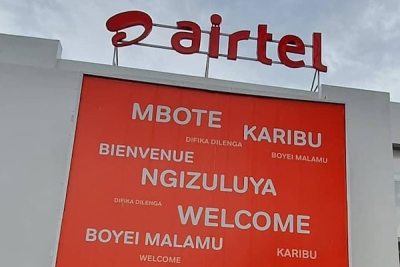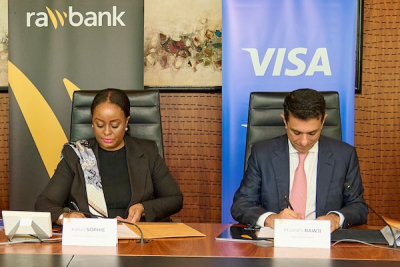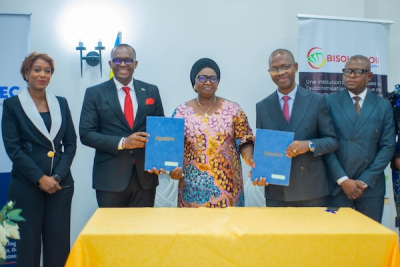Highlights:
• New EAC system replaces multiple national bonds, unlocking nearly $2B in tied-up capital.
• First phase covers Uganda, Kenya and Rwanda, full rollout expected across all EAC states by 2026.
• Traders benefit from lower costs, faster transit, and real-time cargo tracking via RECTS.
On August 4, 2025, in Kampala, the East African Community (EAC) launched a single electronic customs bond to replace the multiple national bonds previously imposed on goods in transit, in a bid to cut costs and speed up border crossings across the region.
Until now, traders had to deposit sums as security with each country’s customs administration or subscribe to the Common Market for Eastern and Southern Africa (COMESA) bond. According to the EAC, nearly US$2 billion was immobilized in this way. The new system will free up part of this capital for reinvestment in the regional economy.
The COMESA bond was not recognized in Tanzania, a key EAC member through which much of the trade to the Democratic Republic of Congo (DRC) transits. The EAC’s single bond aims to bridge this gap.
The scheme is being rolled out first in Uganda, Kenya and Rwanda, with full coverage of all member states expected by 2026. Under the mechanism, for example, a Congolese trader unloading goods in Mombasa will be able to take out one bond valid through Kenya and Uganda up to the DRC. The same will apply to Dar es Salaam, Tanzania, once the rollout is complete.
Each transit bond corresponds to one cargo or one trip, with maximum coverage capped at $150,000. The cost is set at 0.3% of the value of containerized goods, which must be sealed by customs and monitored in real time through the Regional Electronic Cargo Tracking System (RECTS).
Unlike COMESA’s model, the new bond also allows operators to subscribe to optional products covering physical loss or damage to cargo, containers, and accident insurance for drivers.
Timothée Manoke (intern)










